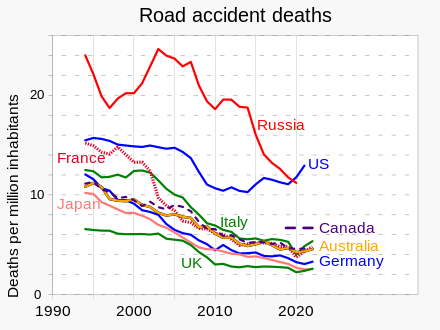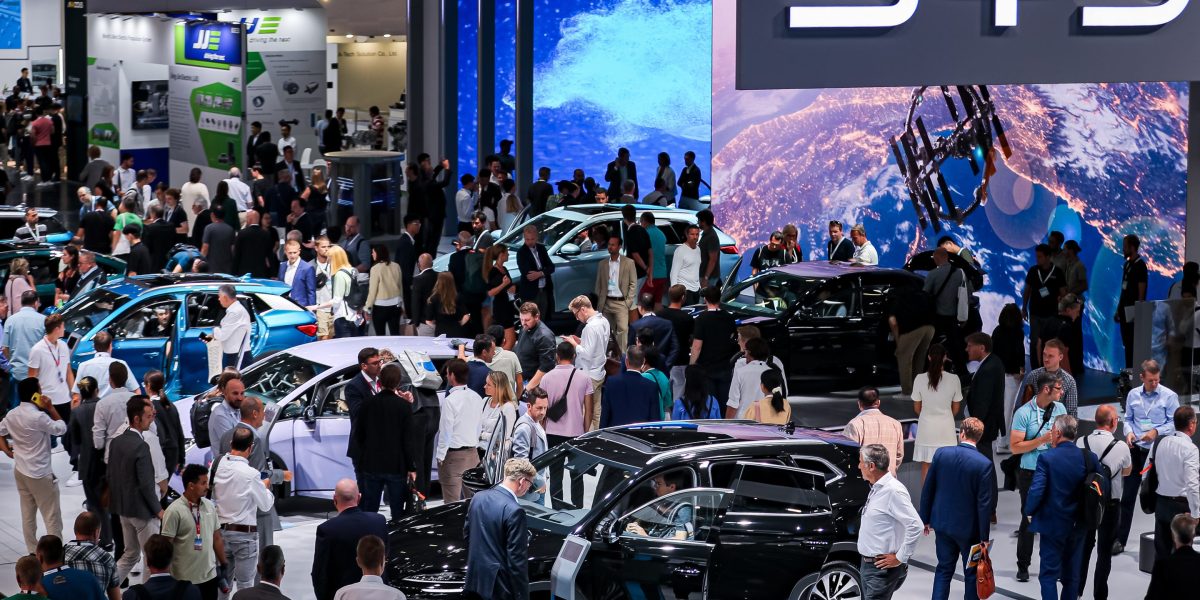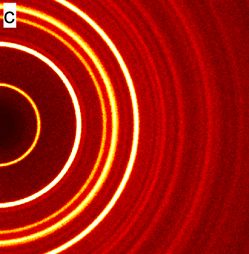When China’s BYD recently overtook Elon Musk’s Tesla as the global leader in sales of electric vehicles, casual observers of the auto industry might have been surprised.
But what’s caught other carmakers around the world off-guard is something else about BYD, which is backed by Warren Buffett’s Berkshire Hathaway: its low prices.
“No one can match BYD on price. Period,” Michael Dunne, CEO of Asia-focused car consultancy Dunne Insights, told the Financial Times. “Boardrooms in America, Europe, Korea and Japan are in a state of shock.”
BYD can keeps its costs low in part because it owns the entire supply chain of its EV batteries, from the raw materials to the finished battery packs. That matters because a battery accounts for about 40% of a new electric vehicle’s price.
Of course nobody can match BYD, they don’t just own the supply chain the Chinese government subsidizes every part in their supply chain. The Chinese government wants to crush foreign competitors. And before you say that Tesla gets subsidies, it’s no where near as extensive as the subsidies Chinese EV manufacturers get.
China doesn’t need to subsidize the entire supply chain because the reason Chinese EVs are so cheap is literally hyper-capitalism. China has had an immensely competitive EV market for years, and they’re been getting into price wars without government intervention. That’s forced innovation at a pace that Tesla cannot match alone because they have no need to compete at such a pace. Here’s a list of national EV subsidies and their status:
-
In 2022, the 12600RMB consumer incentive to buy a BEV vehicle was ended. This is rather similar to Biden’s EV tax credit.
-
China has waived the consumption tax for the EV market, which is a tax designed to target environmentally-unfriendly products. The consumption tax is commonly applied to automobiles, but they’re being explicitly waived for the EV market for what is hopefully an obvious reason.
-
Currently, the tax-free allowance for an EV (the portion of an EV purchase that is not charged VAT) is 30000RMB (@13% VAT, = 3900RMB). This subsidy is being reduced in 2025 and phased out entirely in 2027. This is also rather similar to Biden’s EV tax credit.
-
Costs of EV charging/battery switching on the grid are borne by the government because the government manages electricity on the supply-side, including finding producers and managing distribution. This is not unusual of crown corporations in other countries.
While there are provincial incentives for companies to set up shop in one province over another, they’re smaller scale, not received support at the national level, and not unique to China (see: subsidies to Tesla for their production and to Amazon for their HQ2). The most unique element of China’s subsidy regime is the elimination of excess consumption tax in the EV market, which has created a huge marginal advantage for developing EVs over developing ICE automobiles. Importantly, that subsidy is simply reducing the excess tax charged on automobile manufacturing over that charged on typical consumption.
-
Subsidiaries enabling a more rapid transition away from fossil fuels by lowering the cost to consumers is a great thing, and what’s even more impressive is they’re also using subsidized projects to install high-speed or low cost rail lines all over the world.
It’s great that there’s a country working so hard to help is turn the corner on climate change especially as they’re focusing on making life better for the working classes. The country has lots of problems but we all do, they’re also doing great things which I think we could learn a lot from them.
A lot of people are saying this is bad, but for once, I’m on China’s side here.
The faster we pivot away from fossil fuels, the better, by any means necessary.
It’s bad because it forces a monopoly. Once co.petition is out of the window, they will recoup with monopoly prices
Uh… yeah? China beats nearly everyone on price but you don’t go there for quality and durability.
The American car companies haven’t exactly been stellar with regards to quality, reliability, and safety lately either.
My VW-built EV seems pretty high quality. China and USA aren’t the only game in EVs.
As if Tesla was famous for its quality and durability either.
That view is unfortunately out of date. Many Chinese products are of equal or superior quality to their global counterparts. Think Lenovo laptops and OnePlus smartphones. Chinese stuff can be cheap and high quality.
Not to mention: I’ll eat my hat if the CCP isn’t providing some sort of subsidization, for no other reason than the fact that it’s a national pride thing for them
So where would you go for that?
This is why Americans hate China. It’s legitimate competition for them.
Proven an idiot in a single sentence. Good work, man.
Are these even street legal in the US? Our safety standards are obscene. Air bags alone cost 5k.
It’s why Tata never released a vehicle here.
Another example of America costing loads of money for little to know benefit.
this comment has “little to know”
Yeah! Airbags suck! Wait, what?
Clown take if I’ve ever seen one lol
No not the airbags, the safety standards being “obscene”, cost prohibitive and not yield good results.
So if American standards are preventing additional competition it should be because they have a very high standard which should bare out in terms of road and pedestrian deaths and injuries. It does not. Therefore the “obscene” standards are another example of poor results to cost.
What a silly thing to say. On what basis have you decided they don’t yield good results?

Not really conclusive as there have been increases in speeding and drunk driving that cause total accident numbers to go up. A more relevant stat would be fatality or injury rates per accident.
You’ve changed your tune from it being silly to needing more granular data.
Pedestrian deaths are on the rise and decent safety regulations could impact speeding and drunk driving.
Sounds like what the Oceangate CEO said about industry safety requirements for submersibles.
I’m saying they’re not fit for purpose, America has a shit ton of road and pedestrian deaths. The safety regulations don’t do enough.
Hey since you seem to be ignorant of old car safety hazards ive got a '78 Ford pinto to sell you.
But seriously modern American cars (or atleast the post 80s ones) are a shitton safer than their old counterparts. And this is coming from someone who loves old piece of shit cars (Id drive the Homer).
Modern American safety features to a point were paid in blood. Tuna canning in small cars is isnt nearly as common as it once was, and the pealing the smashed in head of the drive off of the stearing wheel isnt all that common anymore.
There are certainly some so called safety features that are laregly pointless IMO but my hatred of back up cams aside, survivability of car crashes have skyrocketed.
Also why all the new cars suck.
New cars suck because planned obscelensce has been catered to by regulations and industry.
Safety standards are not bad, they just don’t have decent standards in America.
If you want people to buy new cars every year wouldn’t you make the new cars look different? More exiting or whatever? We used to have awesome fins on the back of cars now we just get a shiny grill. “planned obscelensce” doesn’t force them to make cars that all look the same. That’s safety regulations.









